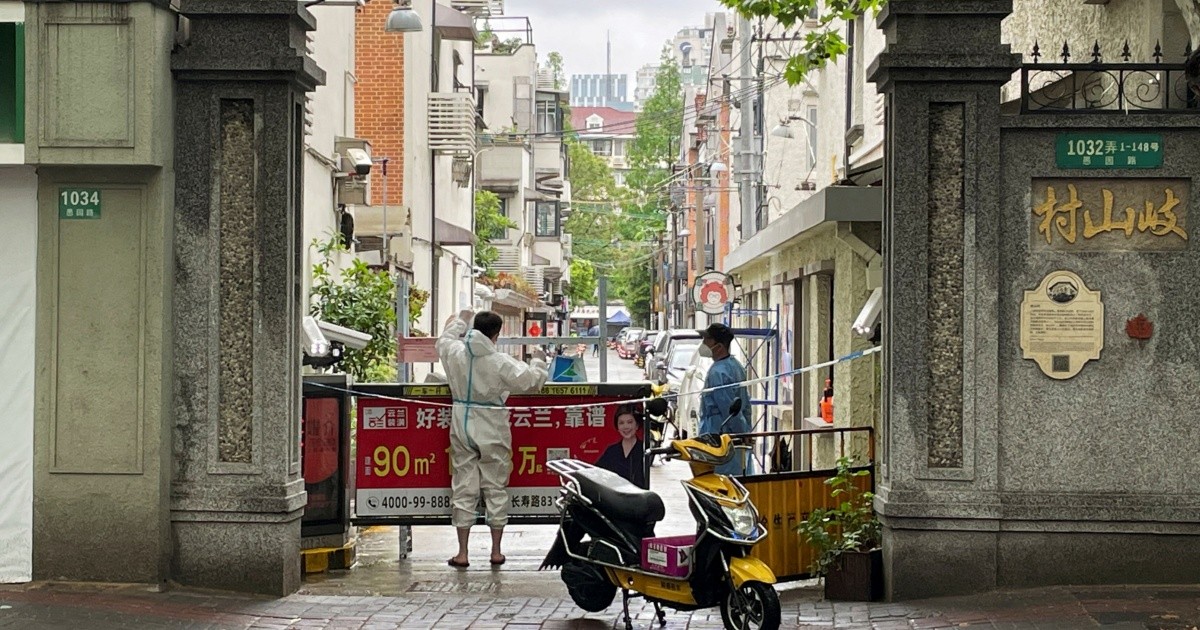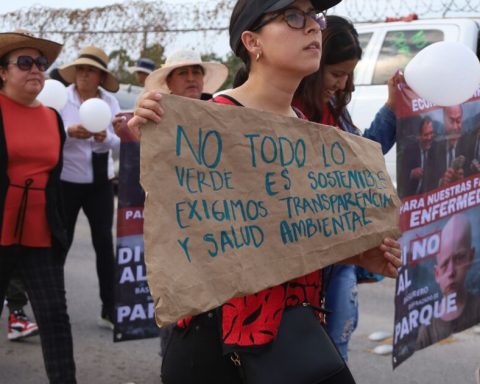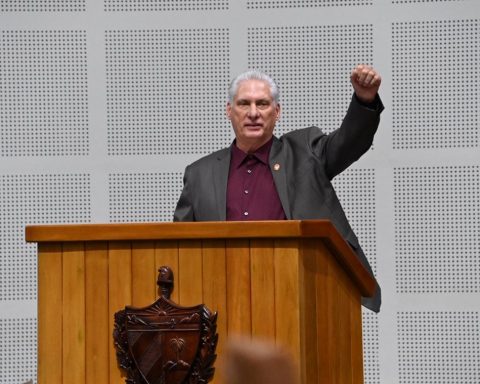Asia remains the world’s most dynamic region, but its economic outlook is “stagflationary,” with weaker-than-expected growth and higher inflation, the International Monetary Fund (IMF).
The IMF revised down its growth projections for Asian GDP up to 4.9% for 2022 compared to 5.4% in January, in a context of war in Ukraine, the resurgence of the covid-19 pandemic and the tightening of financial conditions.
This supposes a sharp slowdown compared to 6.5% recorded last year.
The inflation It started out much lower than in other regions, but has started to rise.
The Fund also forecasts a 3.4% price rise in 2022, or 1 percentage point more than forecast in its January outlook.
The Russian invasion of Ukraine it is “the biggest challenge to economic growth” in the region, said Anne-Marie Gulde-Wolf, deputy director of the Asia-Pacific department.
The advanced economies of the region are the most affected by the drop in europe demandvery shocked by Russia’s offensive in Ukraine.
Emerging markets suffer from the effects of rising world prices for raw materialss, which has been exacerbated by this conflict.
In detail, the institution of Washington expects growth of 4.4% in China (-0.4 percentage points from January forecasts), 2.5% in Korea (-0.5 points), 2.4% in Japan (-0.9 points) and 8.2% in India (- 0.8 points).
Gulde-Wolf further notes that “given the close trade ties in Asia, a deeper-than-expected slowdown in China “It is a significant risk for the region.”
In the medium term, he continues, the potential fragmentation of supply chains derived from geopolitical tensions constitutes “a great risk for a region that has benefited from globalization and relative peace in recent decades.”
“Despite this decline, Asia remains the most dynamic region in the world and a major source of global growth,” he noted.
In a blog co-signed with Sanjaya Panth and Shanaka Jayanath, he recommends that authorities protect the most vulnerable from rising fuel and food prices.
“Social unrest has already broken out where these pressures exacerbate vulnerabilitieslike in Sri Lanka“, they write.
But they object to promising examples of “targeted and temporary” protections, such as a cash transfer program in the Philippines or reduced prices for public transport in New Zealand.
rrg














